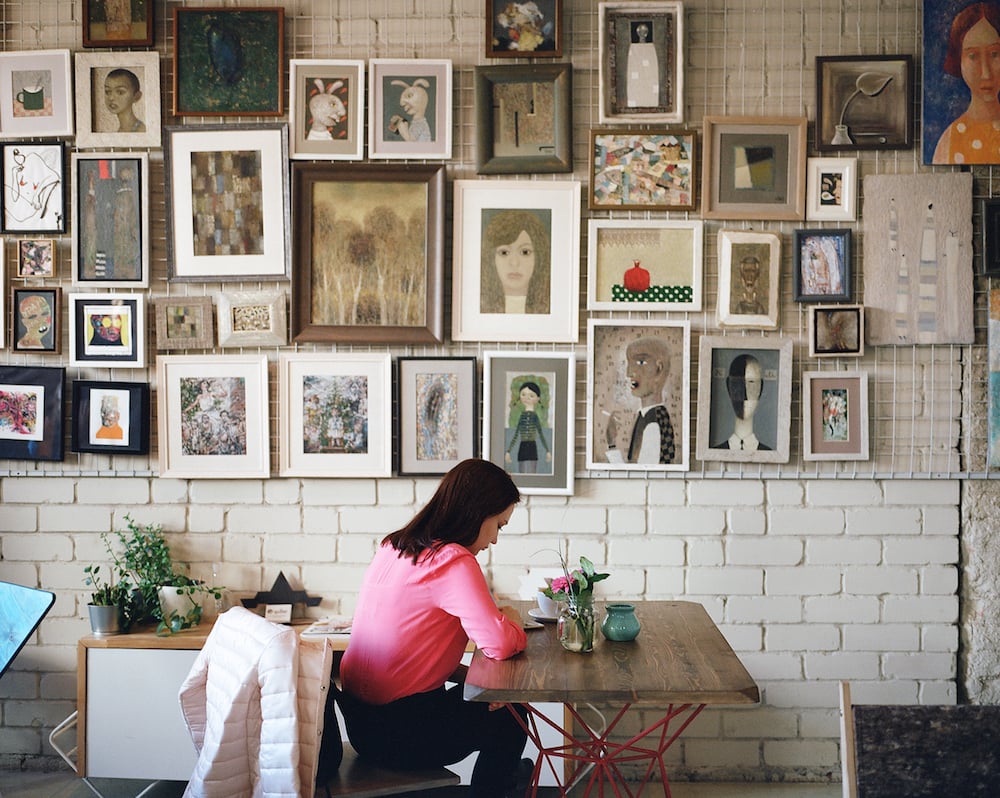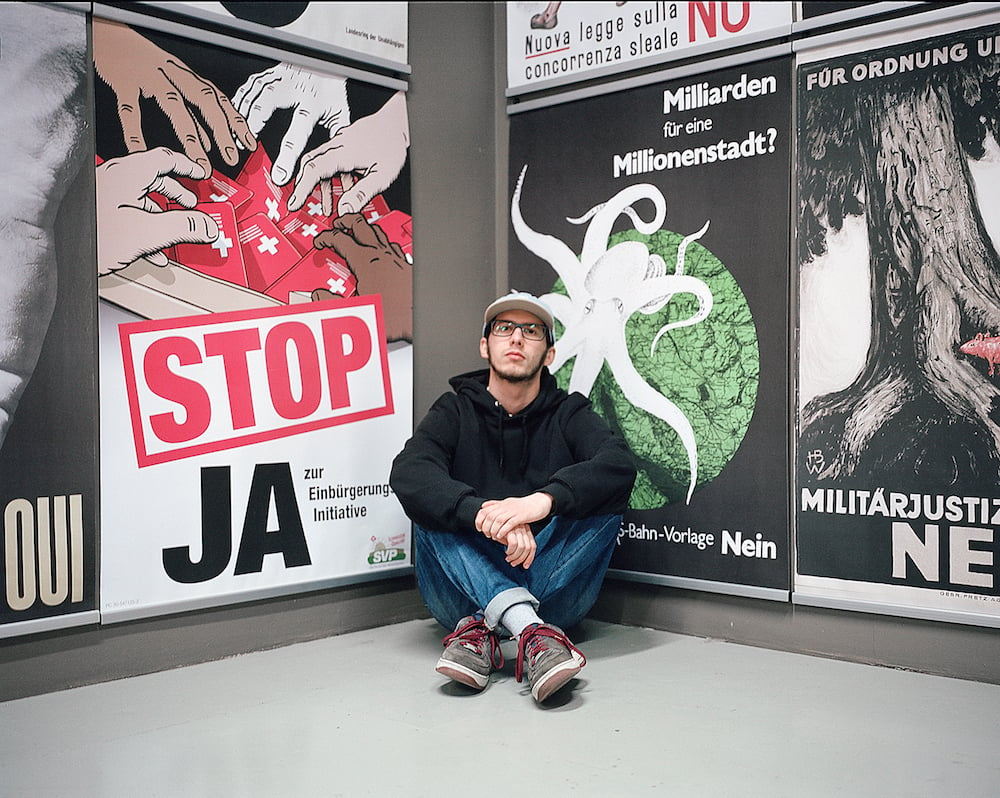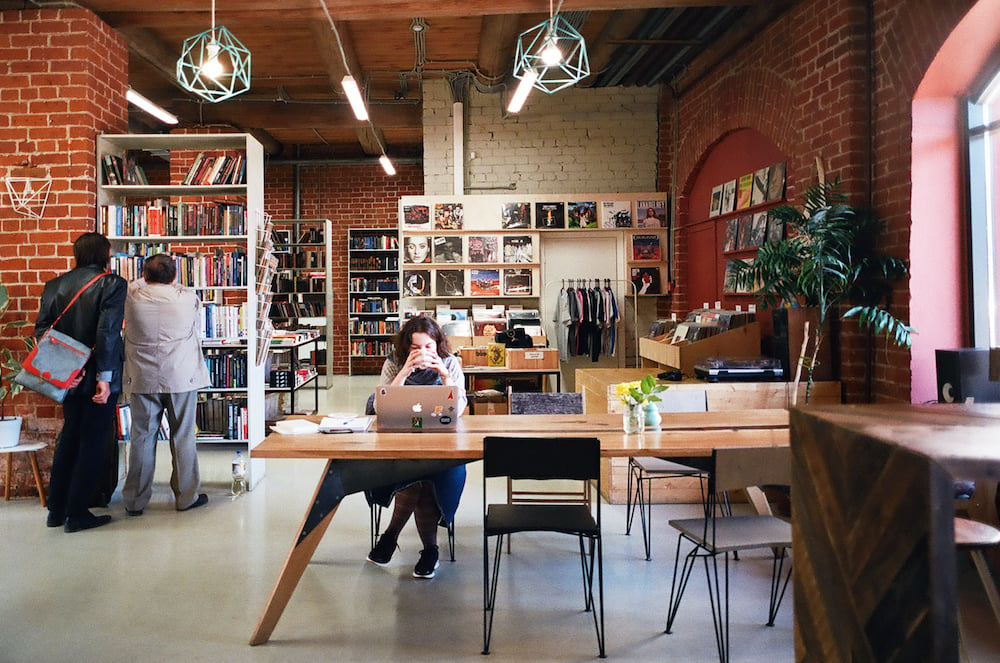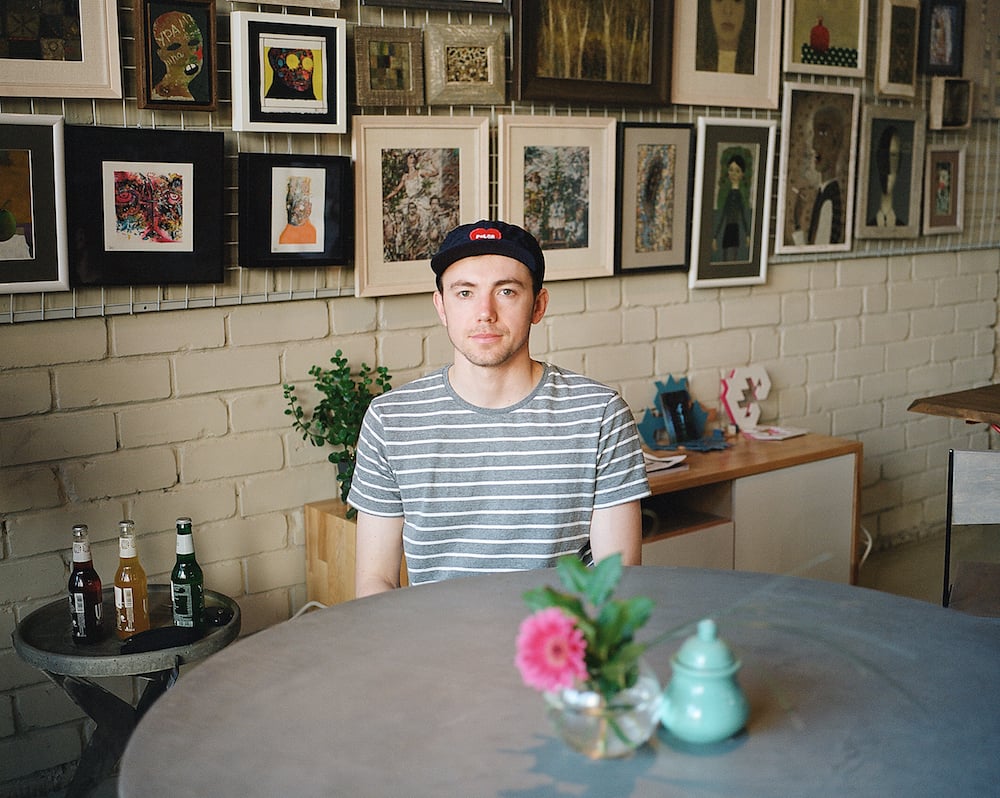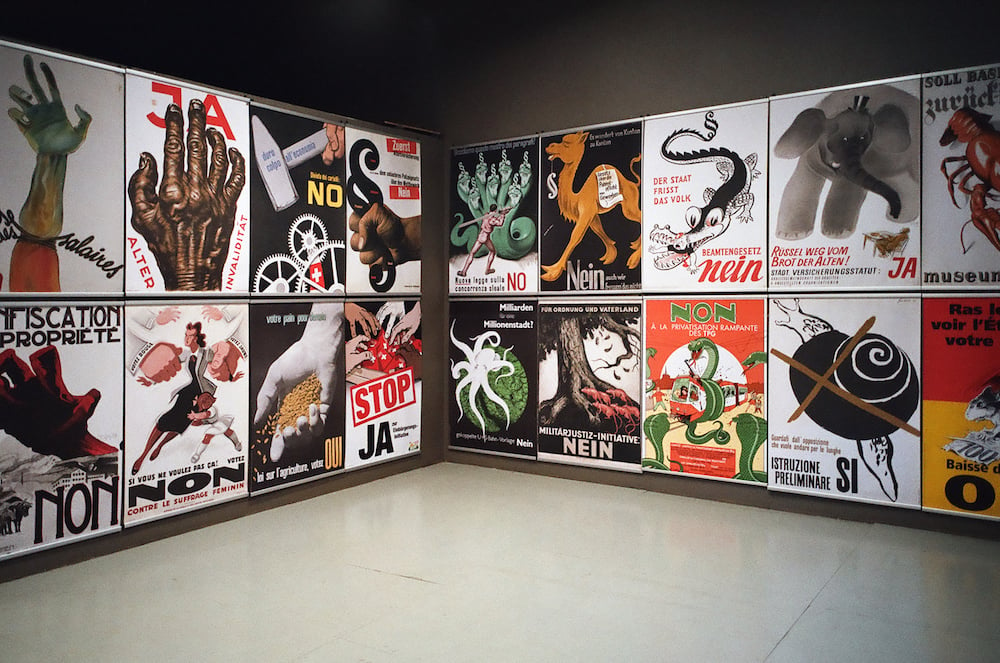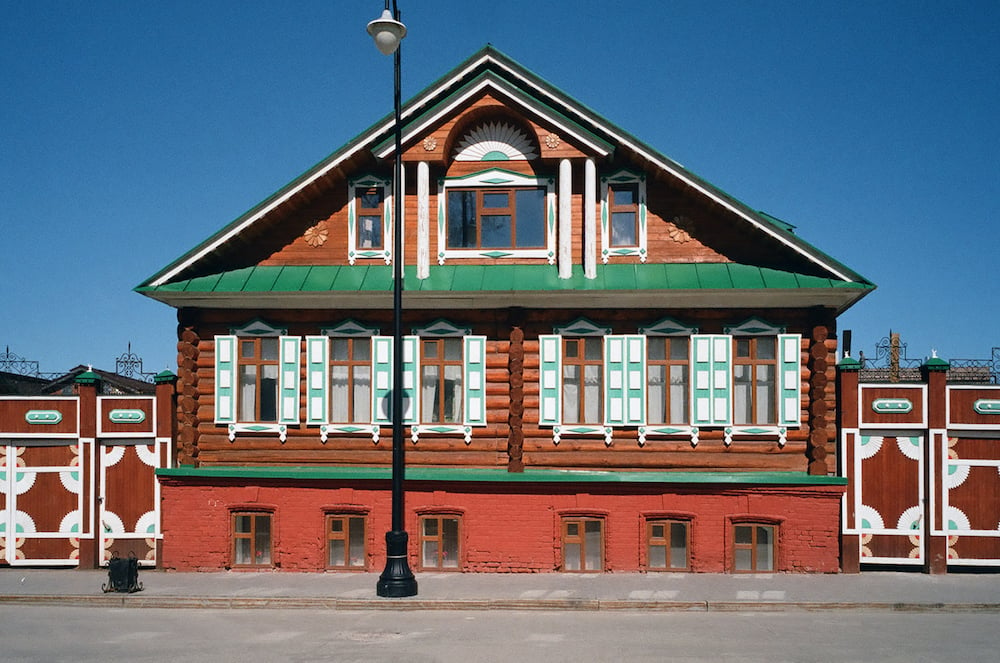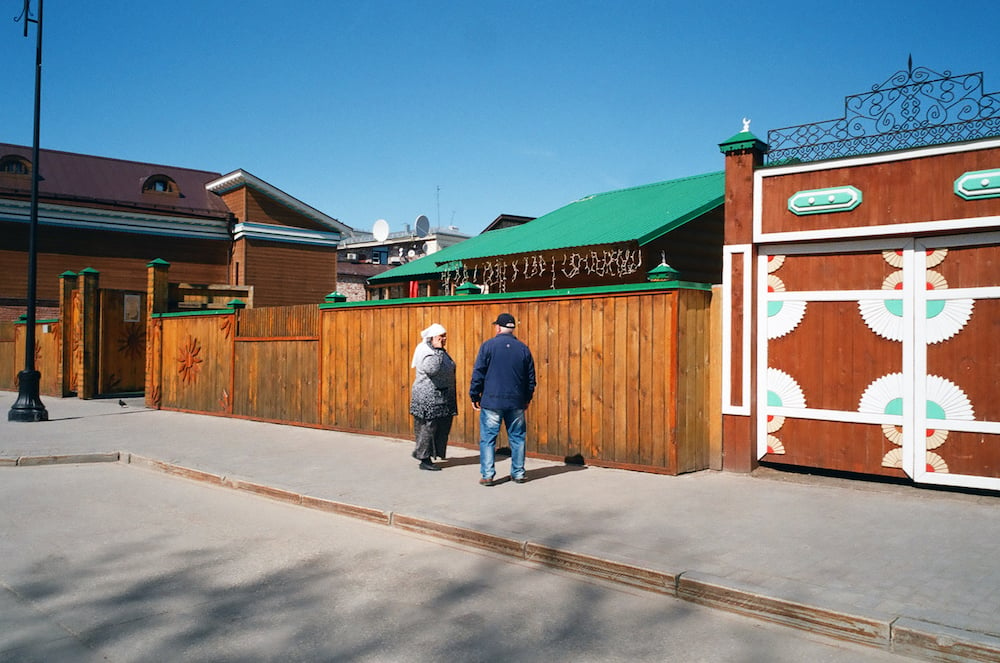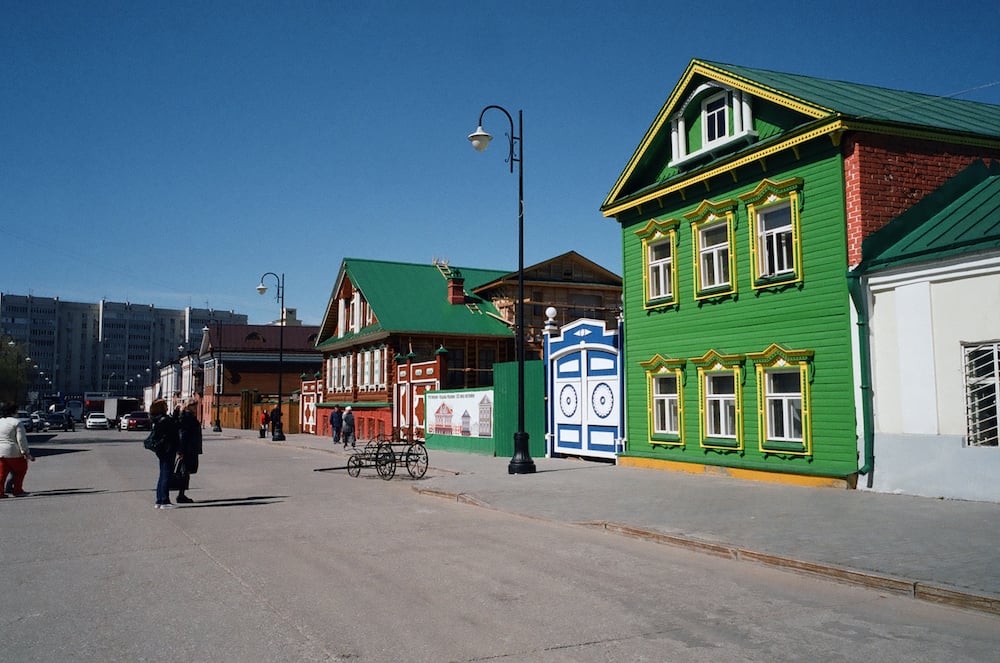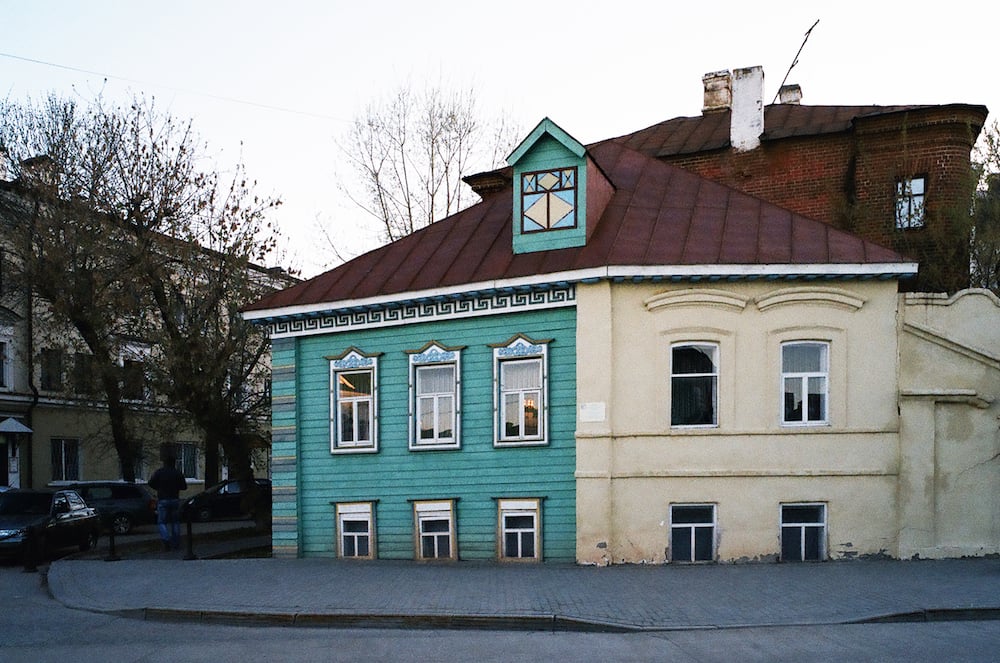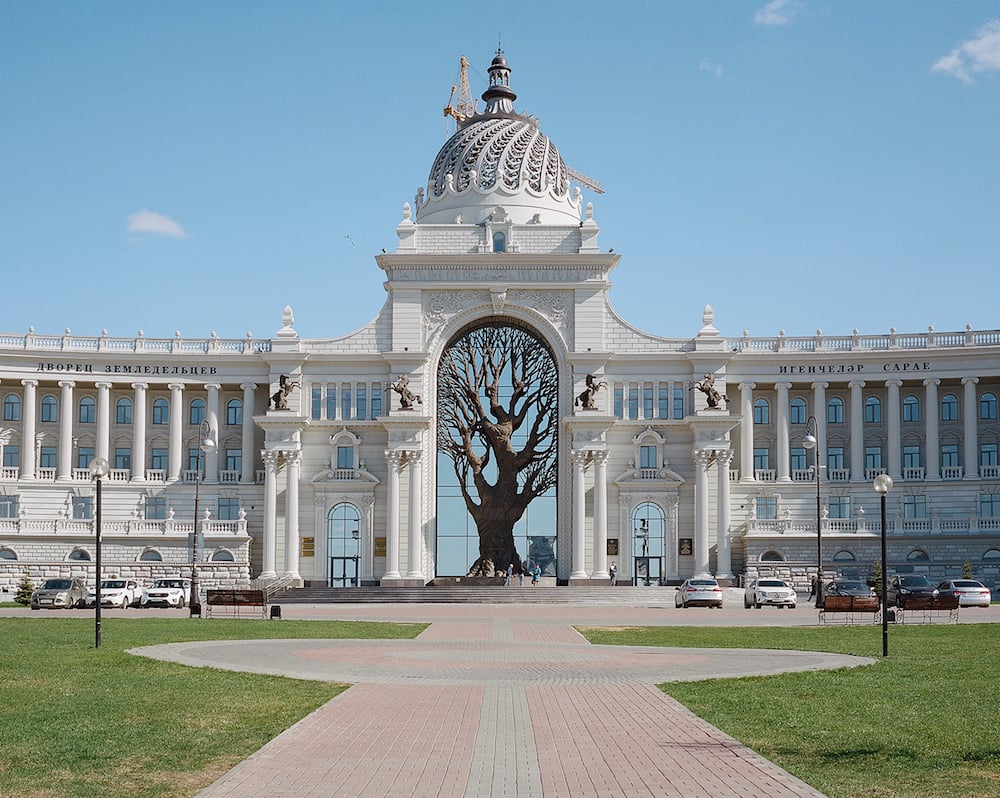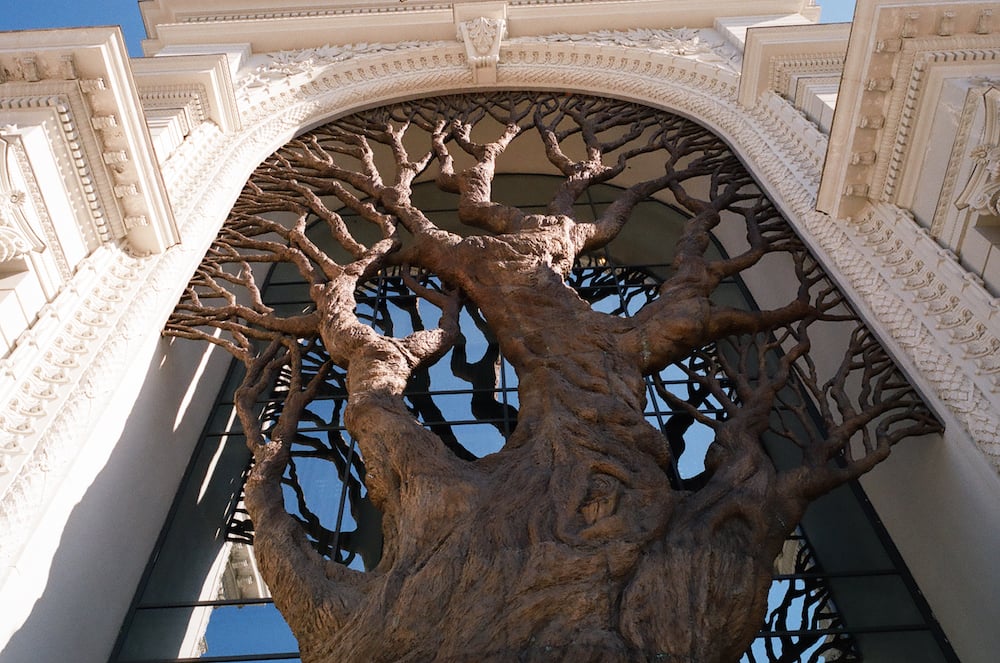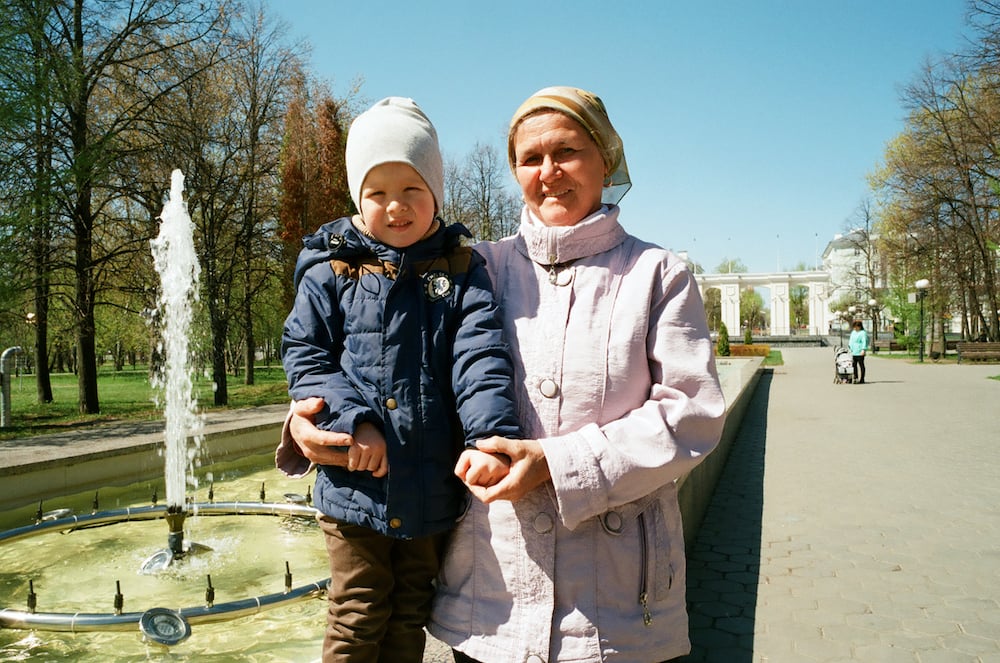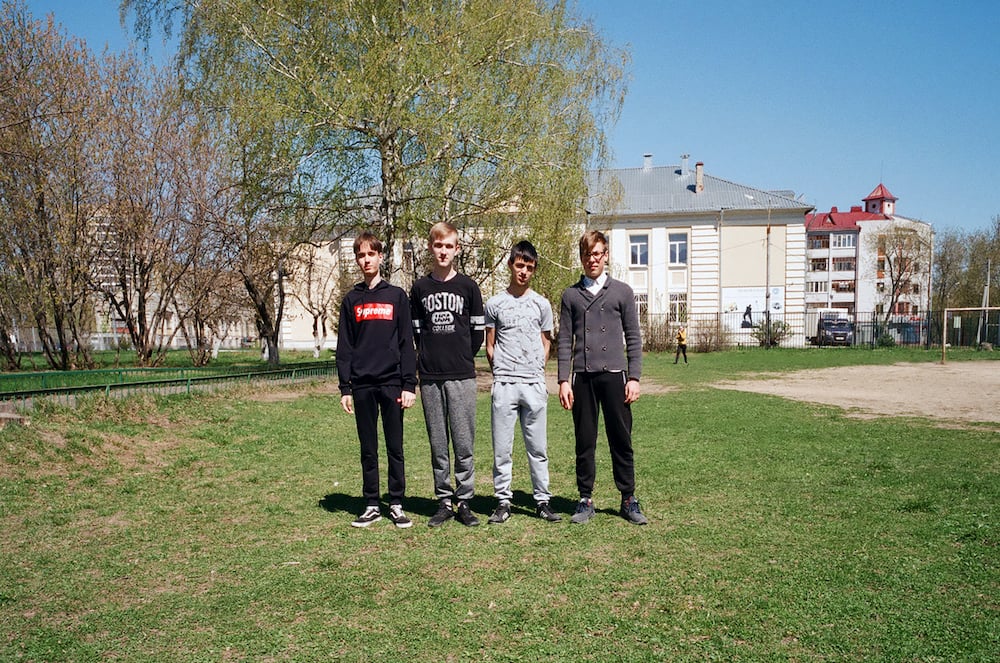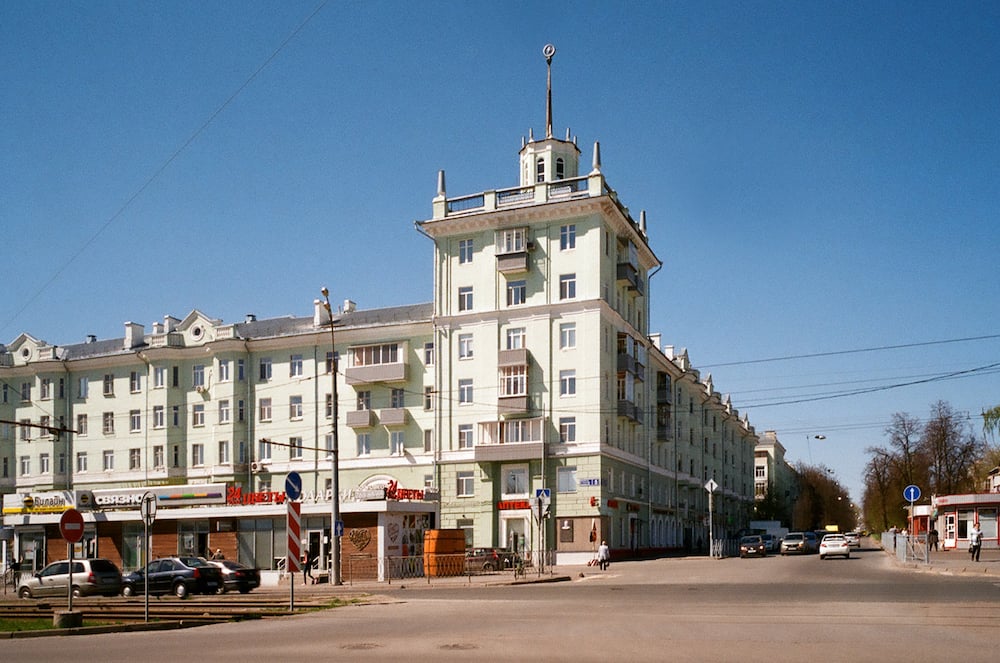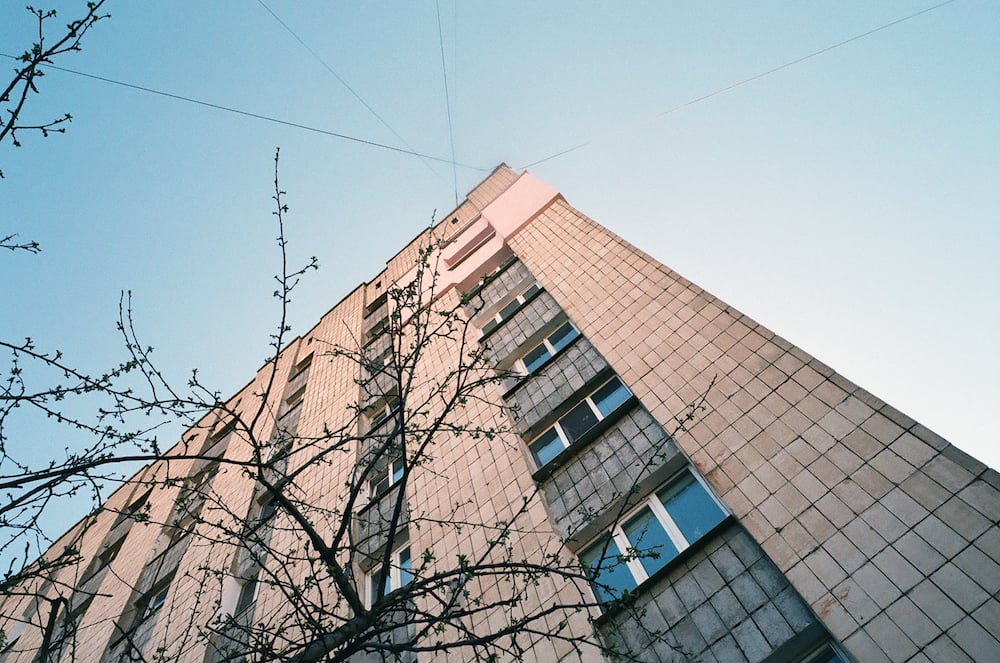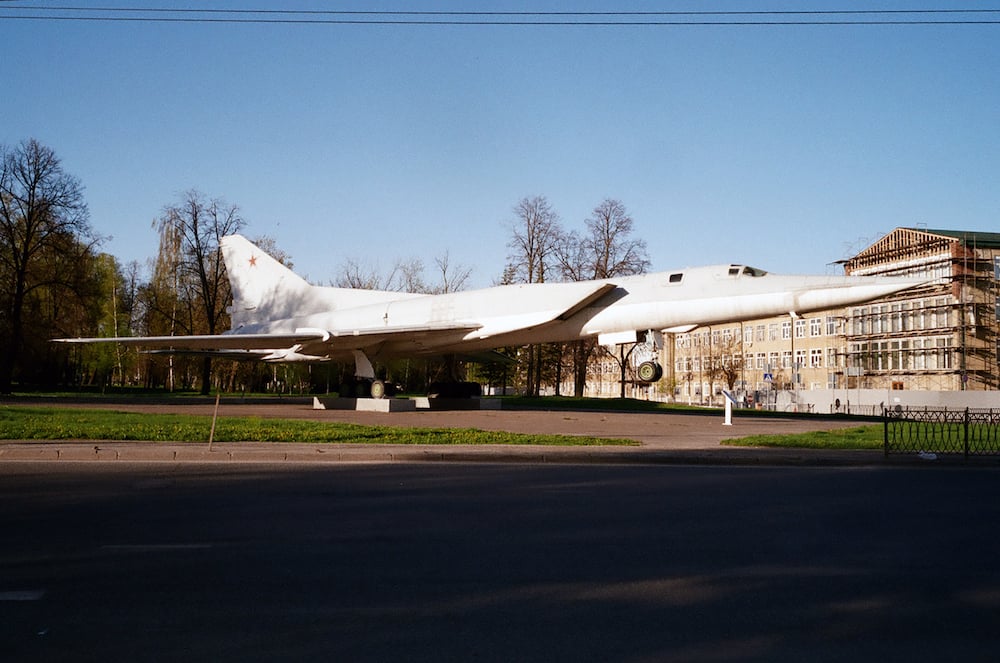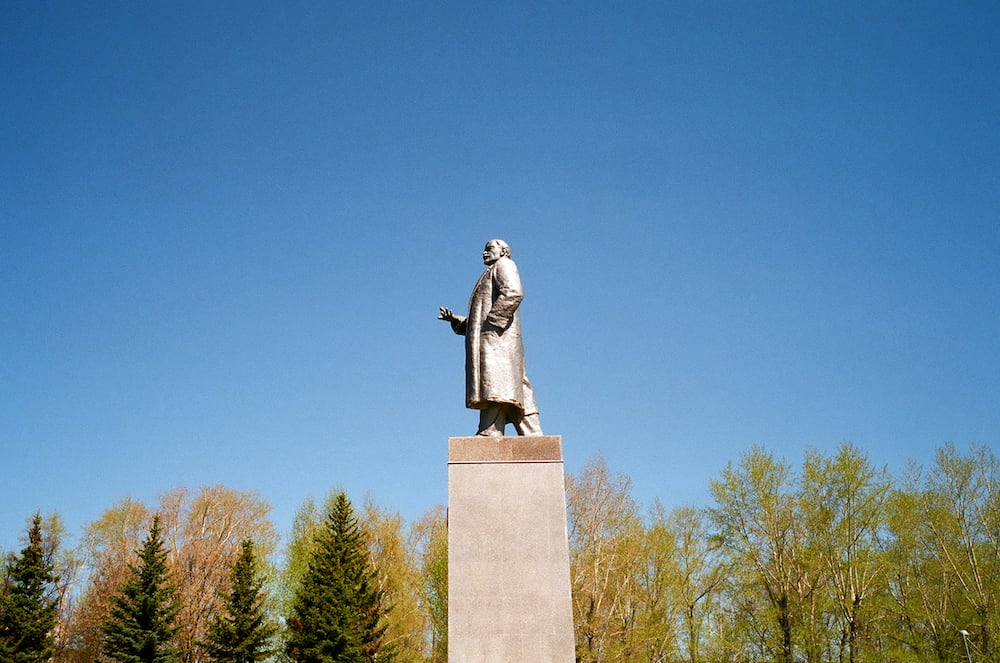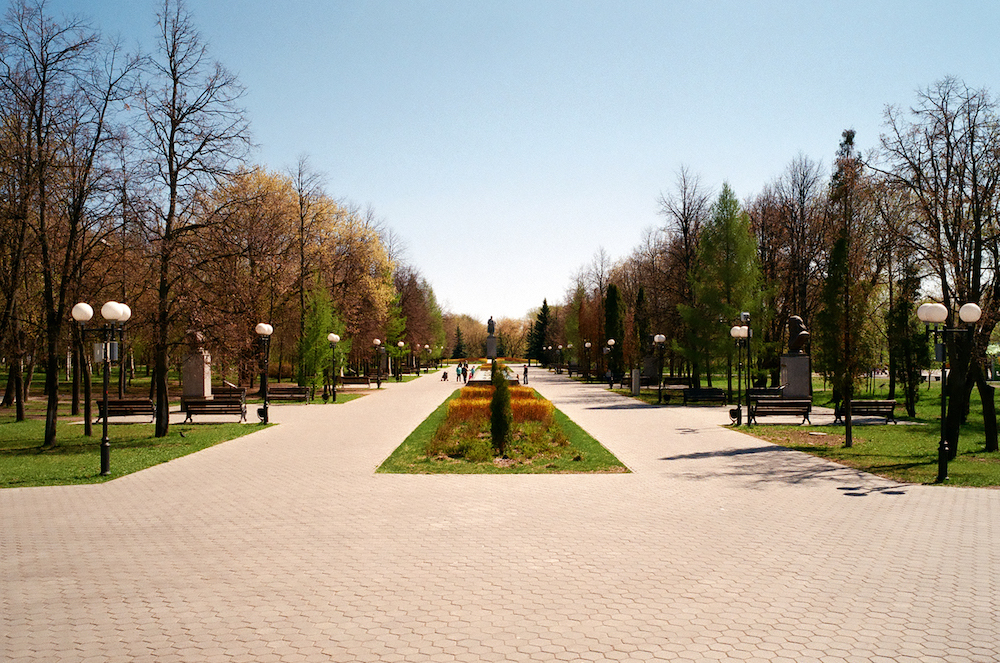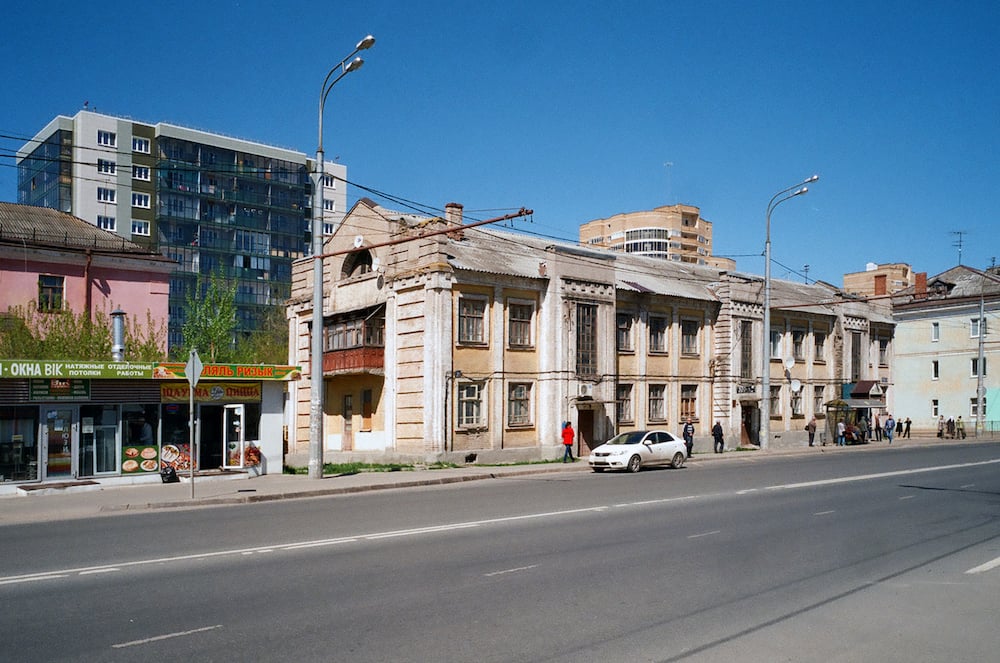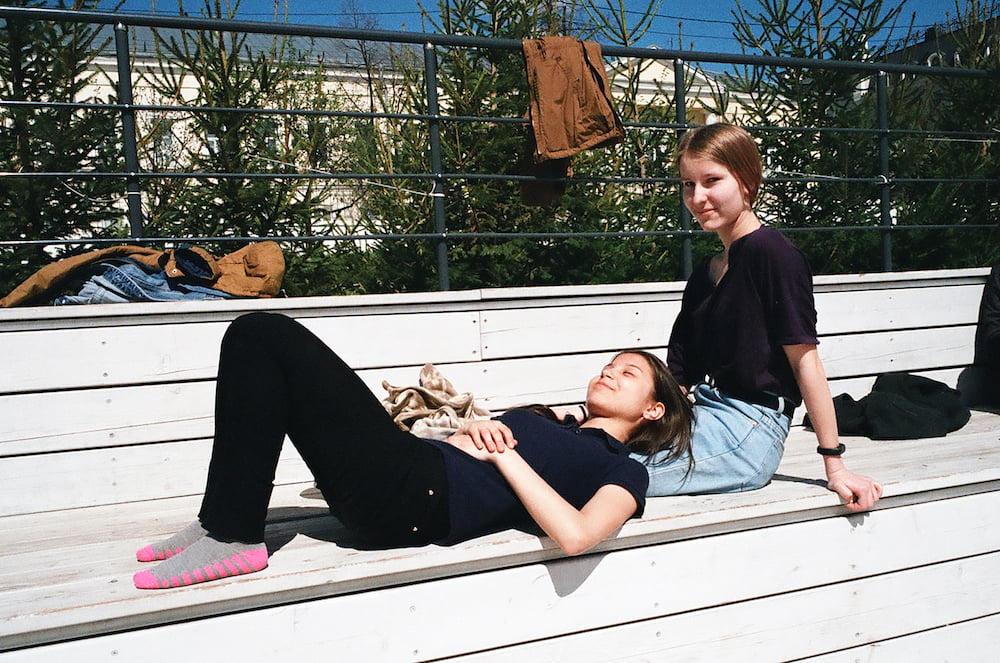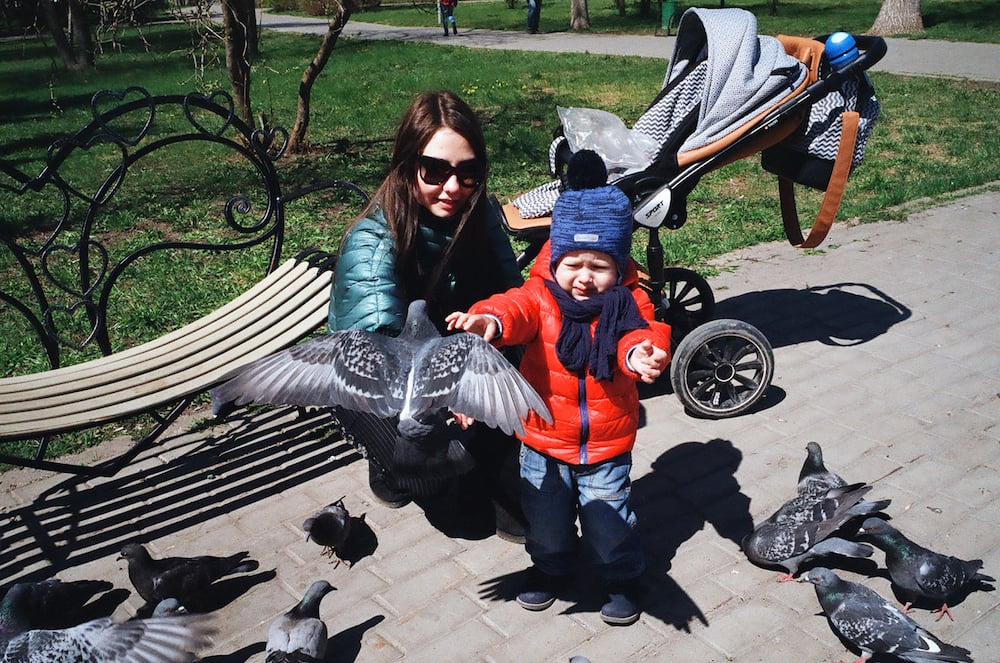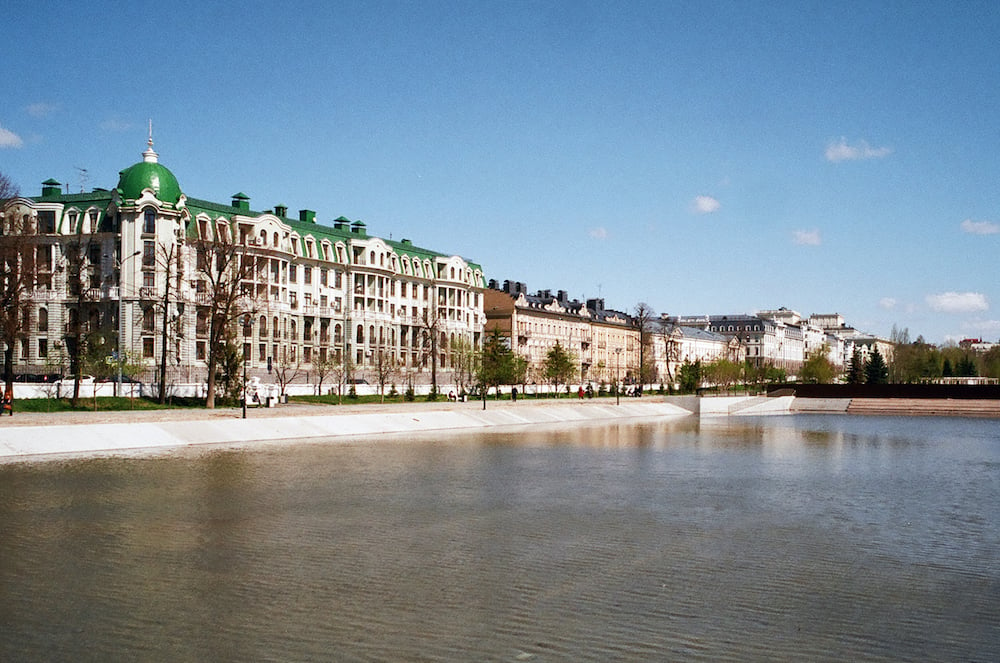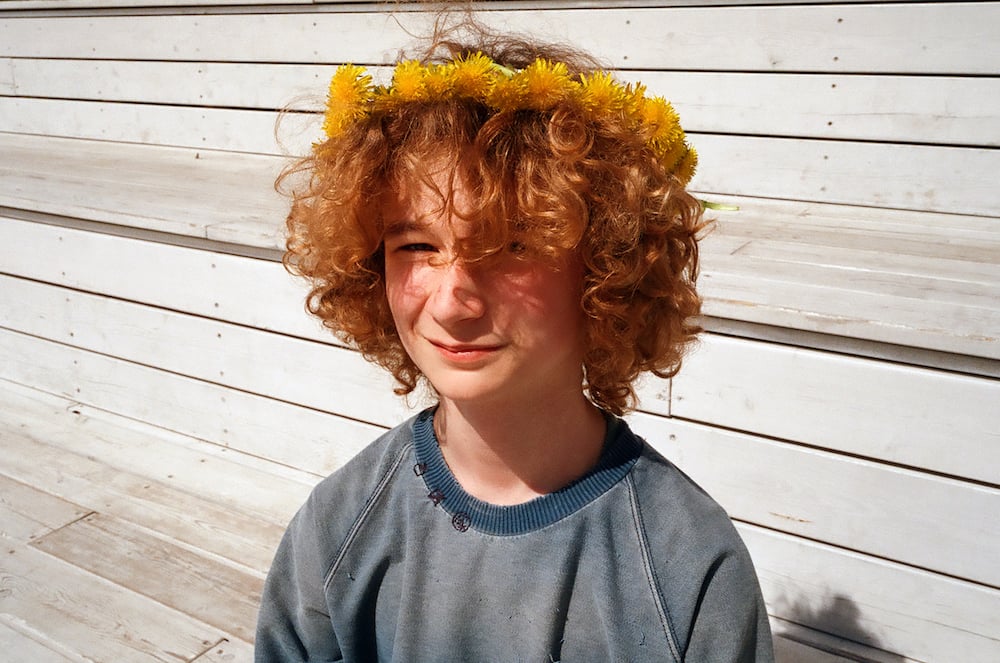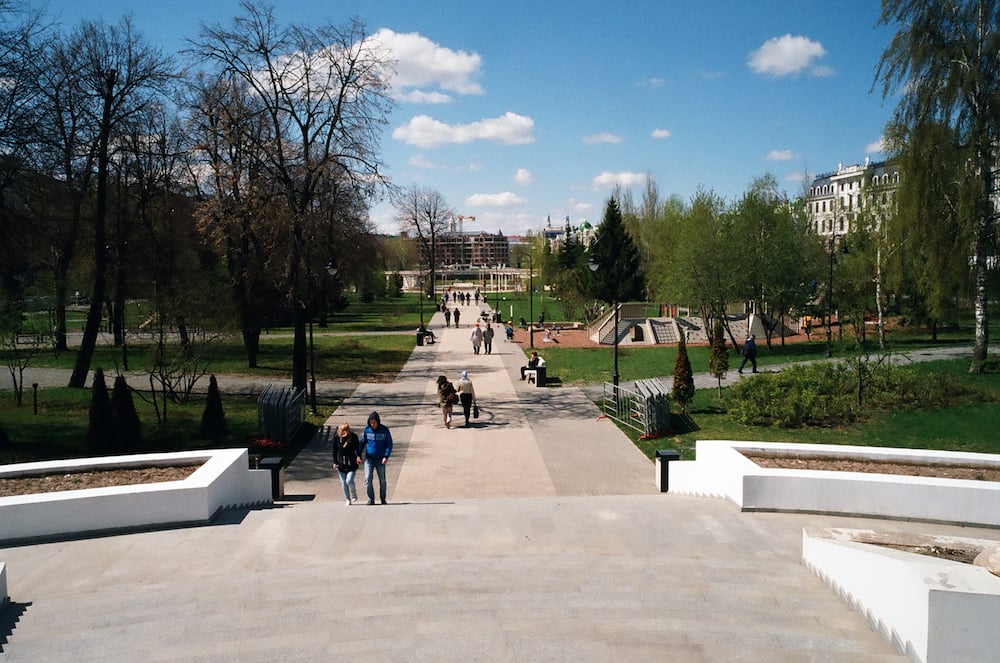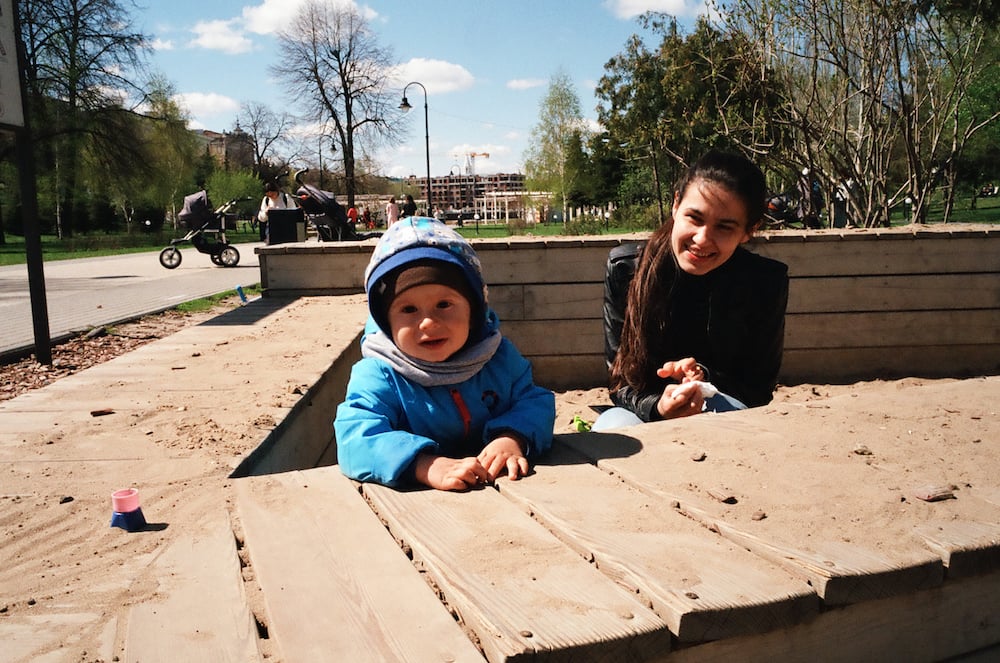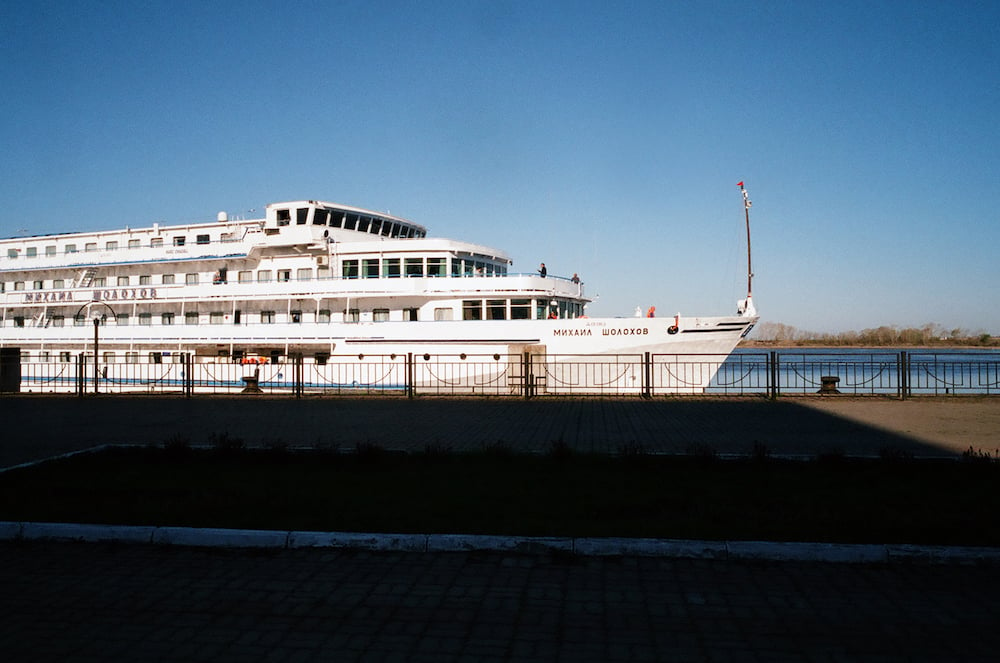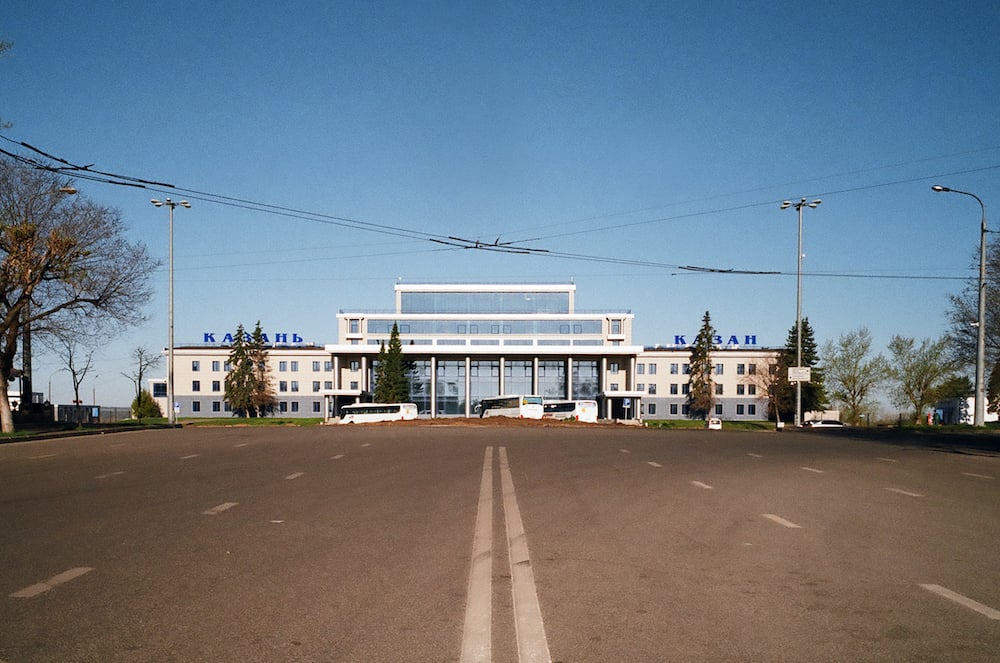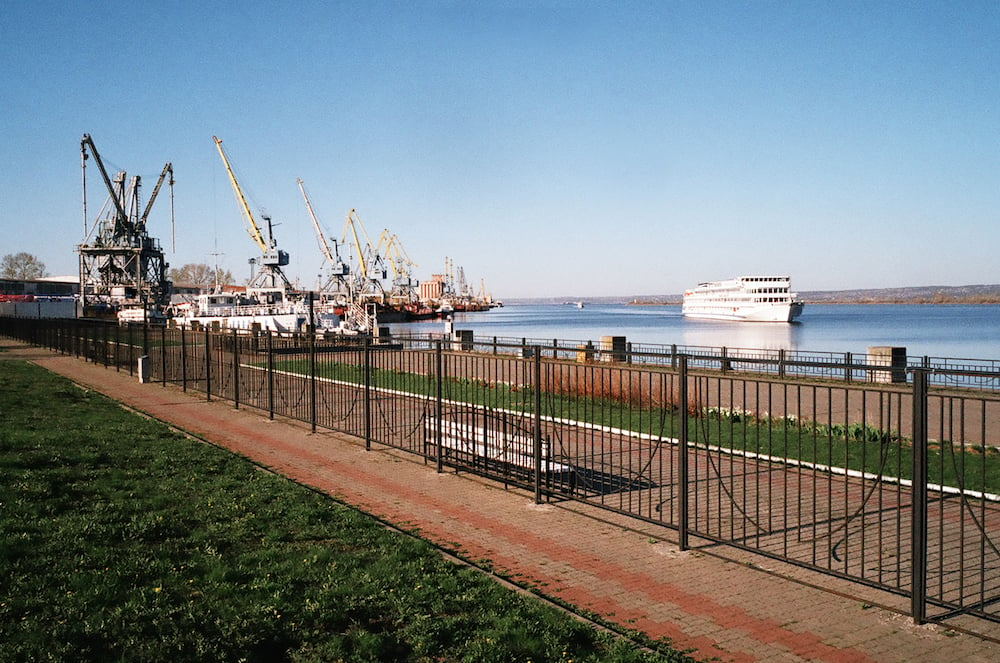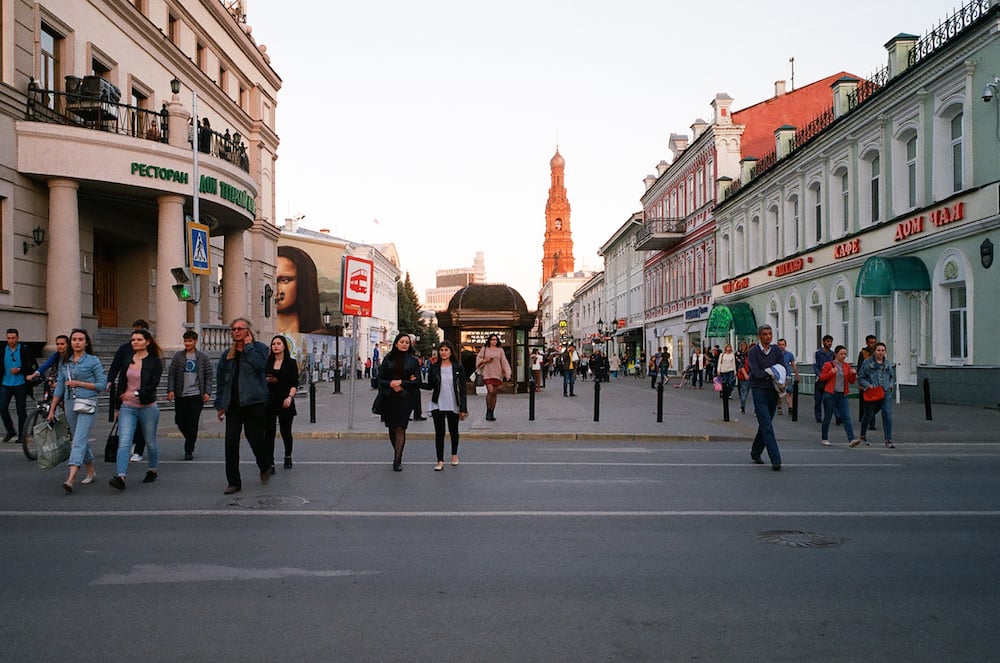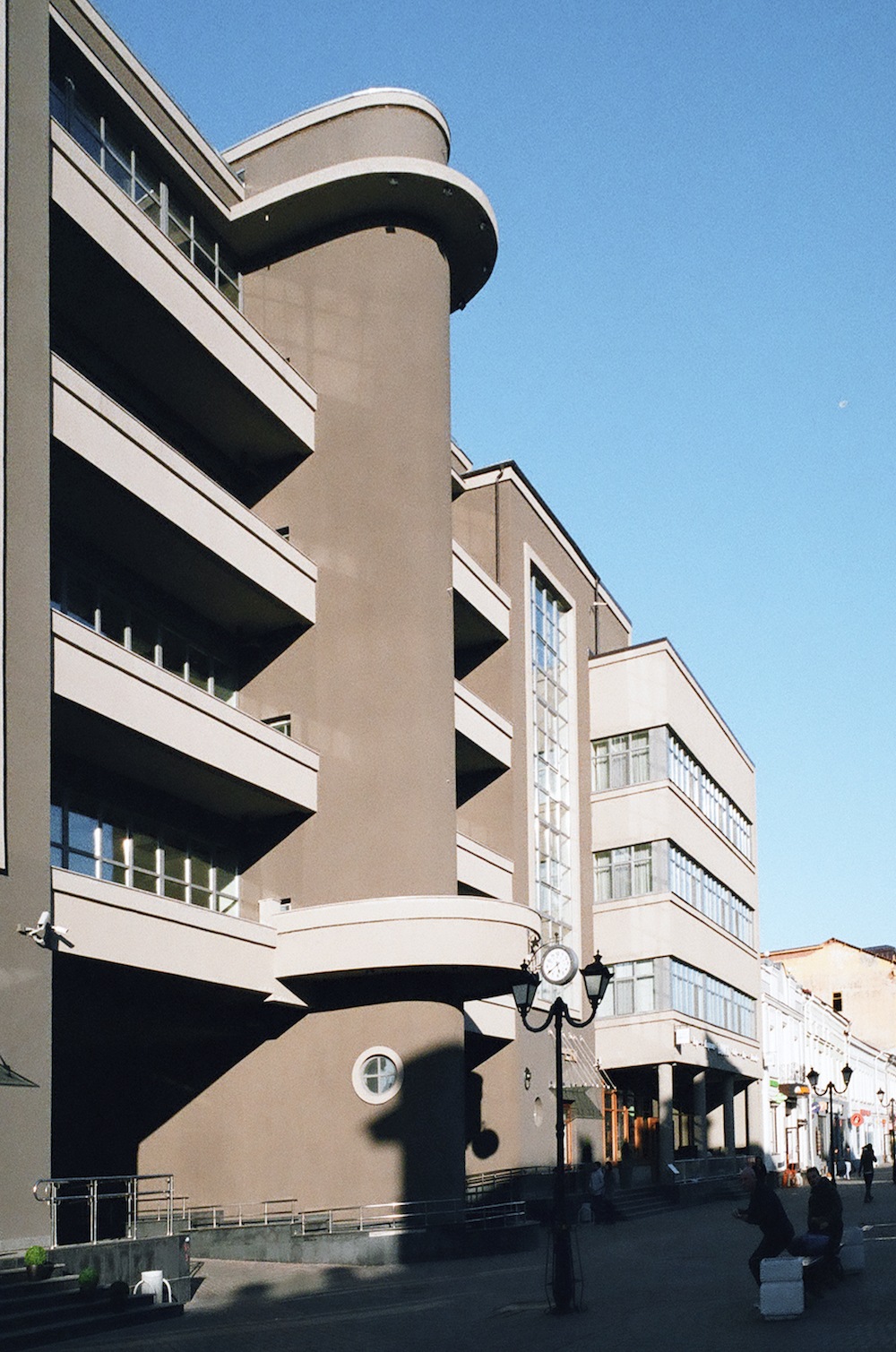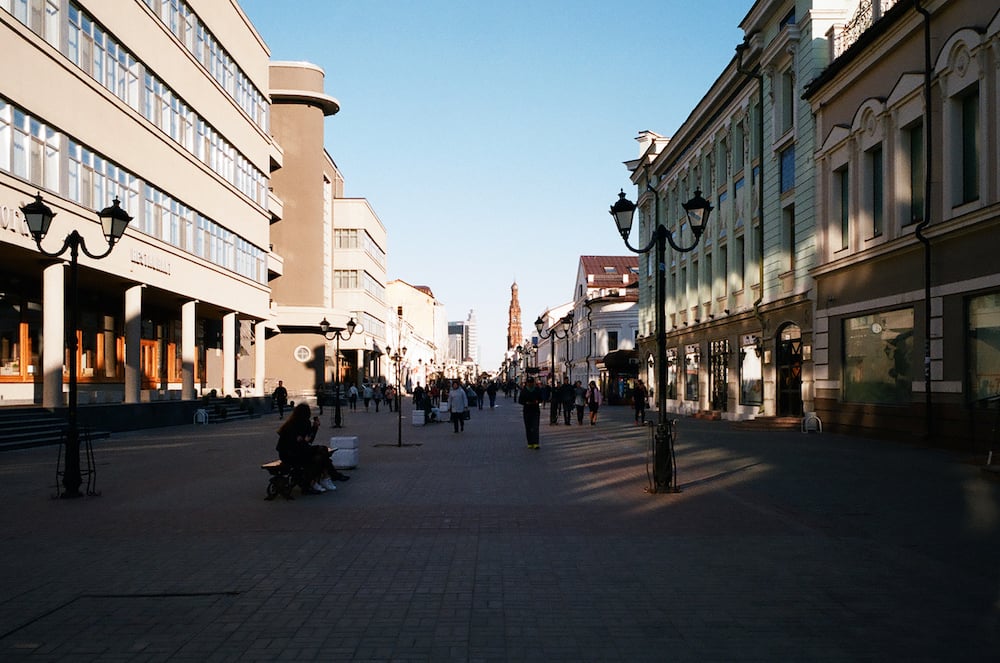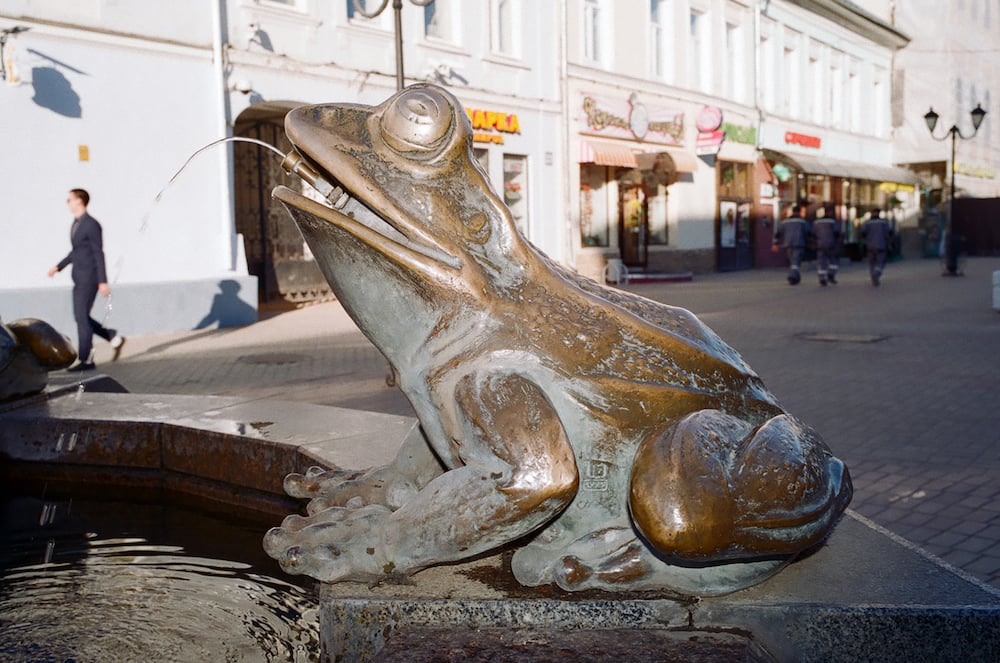Out on the town: your guide to Kazan, Russia’s Tatar capital on the Volga
Beyond the game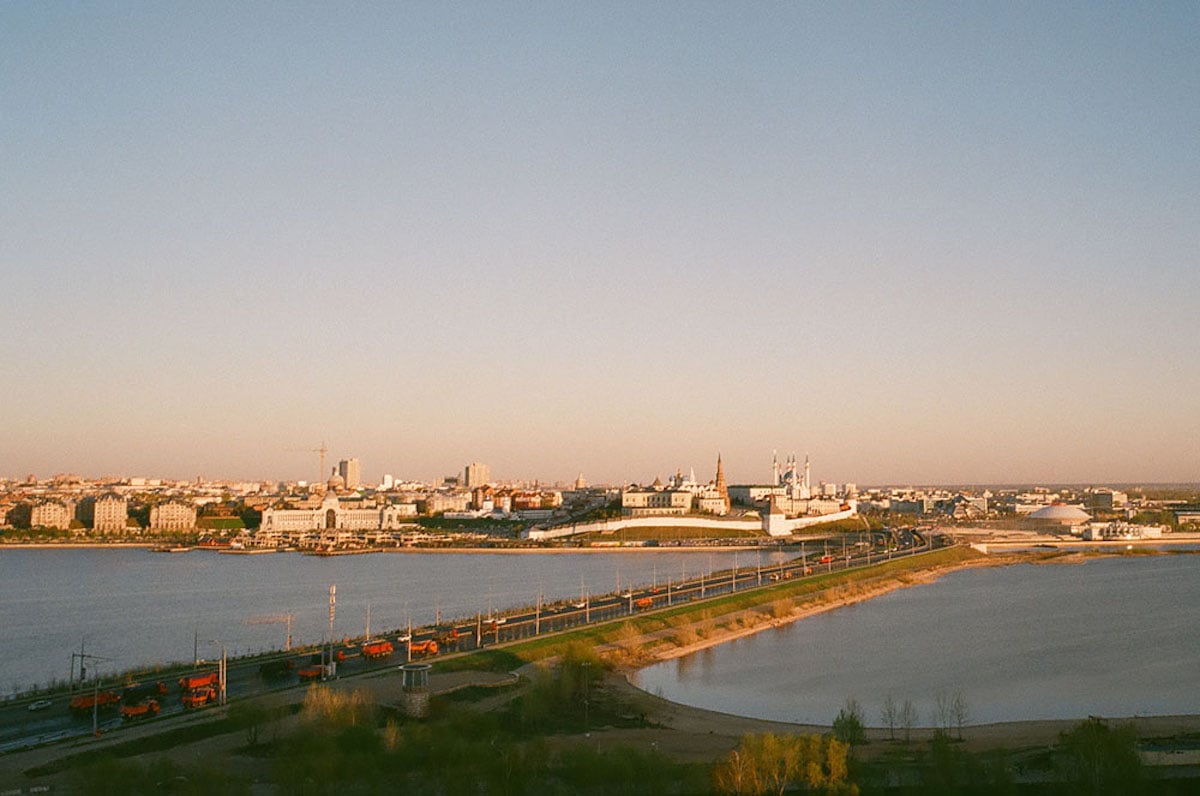
The historic heart of central Russia with fiercely proud local traditions, Kazan has plenty to offer visitors: from some of the country’s most magnificent Islamic architecture and boat trips on the Volga, to beguiling walks through spacious parks and an exciting contemporary art scene
A cultural and economic powerhouse of central Russia, Kazan nestles on the mighty Volga River and nurtures both a thriving contemporary arts scene and a compelling history of ethnic and religious multiculturalism. Aside from the minarets and fortresses of the city centre, venture out to what remains of the old Tatar Quarter, take a trip along the Volga or be wowed by some of the examples of utopian architecture, both from the communist period and the city’s more recent history.
Visit this imperial stables housing contemporary art
This pre-revolutionary building, designed as a stables at the turn of 20th century, now houses the Smena Centre for Contemporary Art. The original wooden flooring, red-brick walls and high ceilings have all been preserved: a perfect setting for the independent gallery, specialist bookshop, third wave espresso bar, designer showrooms and vinyl shops. The space has hosted exhibitions of many famous Russian artists, including Alexandra Paperno, Pavel Otdelnov, Arseny Zhilyaev, Irina Korina and Yevgeny Yufit. Lectures, concerts, workshops and film screenings are also held regularly.. Smena is hard to miss – cross the square from the main train station and it will be on your right.
Address: 7 Burkhana Shakhidi Street
Discover Tatar history
A small area in the centre of town with dozens of Tatar-style buildings. In the newly restored houses alongside Lake Kaban lived many prominent figures from Tatar history and culture. There are also a number of mosques within the Old Tatar Quarter, as well as institutions catering for Kazan’s Muslim population.
Wonder at architectural pomposity
The most ridiculous building in Kazan was erected in 2010 and is known for its bizzare juxtaposition of form and structure. Behind a green tree made of bronze and antique columns is the local Ministry of Agriculture and Food of the Republic of Tatarstan, the Chief Veterinary Department, and other state organisations. The structure has split the city in half: some claim this “monstrosity” has totally ruined the city centre, while others argue it has lifted Kazan’s architecture onto a whole new plane. Opposite the Palace of Farmers stands Chasha, Kazan’s main registry office, another new architectural showpiece, decorated with sculptures by Dashi Namdakov.
Address: 36 Fedoseyevskaya Street
Experience an ideal communist district
The communist urbanists’ dreams of a utopian factory district in Kazan never quite reached the heights of Yekaterinburg and Nizhny Novgorod, but the local Sotsgorod remains an important reference point for understanding the grandiose early Bolshevik visions of the 20s and 30s. The Sotsgorod is full of arches, allowing people to move around easily within the compound, there are busts of revolutionaries in the courtyards and much Stalinist architecture. One key principle of those times is maintained to this day: on their way to the factory, workers pass through the enormous Krylya Sovetov park, and past the Vladimir Lenin House of Culture, which was restored in 2017.
Relax in the park
One of Kazan’s oldest parks, Chernoye Ozero (literally: Black Lake) was built in the mid-19th century. A major regeneration project began two years ago and is still underway, but that hasn’t stopped the park from hosting major city festivals, from book fairs and food markets to opera. There is excellent street food on weekdays, as well as a large children’s playground and pond. Well known Moscow architecture firm Wowhouse, which specialises in wooden constructions, was commissioned for the project, ensuring that Chernoye Ozero will be a thoroughly modern park. The park’s must-see attraction is the famous Lovers’ Arch – if two people stand at each end and whisper to each other, this marvel of engineering will transport the words over the arch to the other side without anybody else hearing.
Take to the water
Kazan’s river port has a long history, from the springtime fairs of the 15th century to the creation of the Kazan Admiralty by Peter the Great in 1718, which turned the capital of Tatarstan into a major centre for shipbuilding on the Volga, a status it retained for a century. Today, you can catch a boat from the river station (just past the cargo terminal) to Verkhniy Uslon or the island monastery of Sviyazhsk. Fans of long boat journeys can take a cruise down the Volga as far as Astrakhan, passing through Saratov, Samara and Volgograd. If you want a taste of the Russia of the 2000s don’t miss Chaika, a classic port eatery from the turn of the century.
Be seen on the major thoroughfare
Baumana Street is a pedestrian road typical of a major Russian city, linking the city’s two most recognisable sights: the Kazan Kremlin and the bell tower of the Epiphany Cathedral. The street is lined with endless tourist-bait museums, souvenir shops and cafes, as well as the constructivist Printing House, a monument to the architecture of the first half of the 20th century, and the restored Hotel Kazan, whose former guests include poet Vladimir Mayakovsky and writers Maxim Gorky and Aleksey Tolstoy.
![]()
